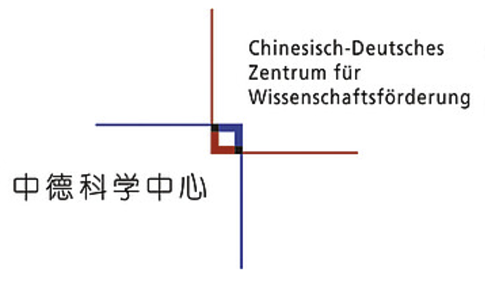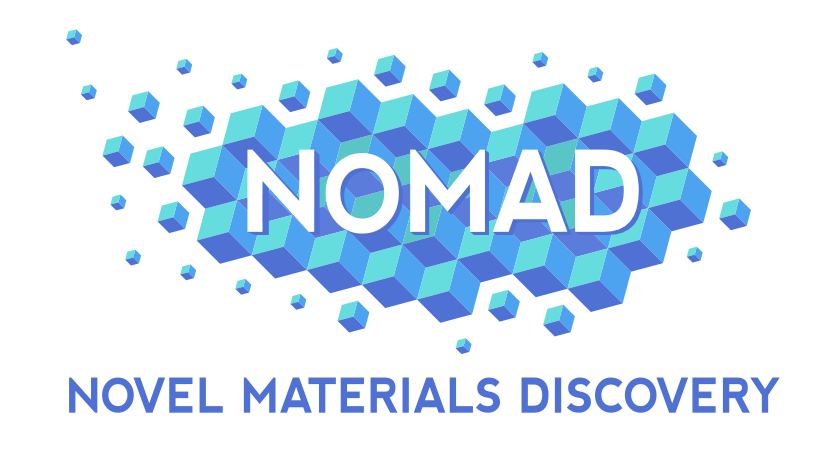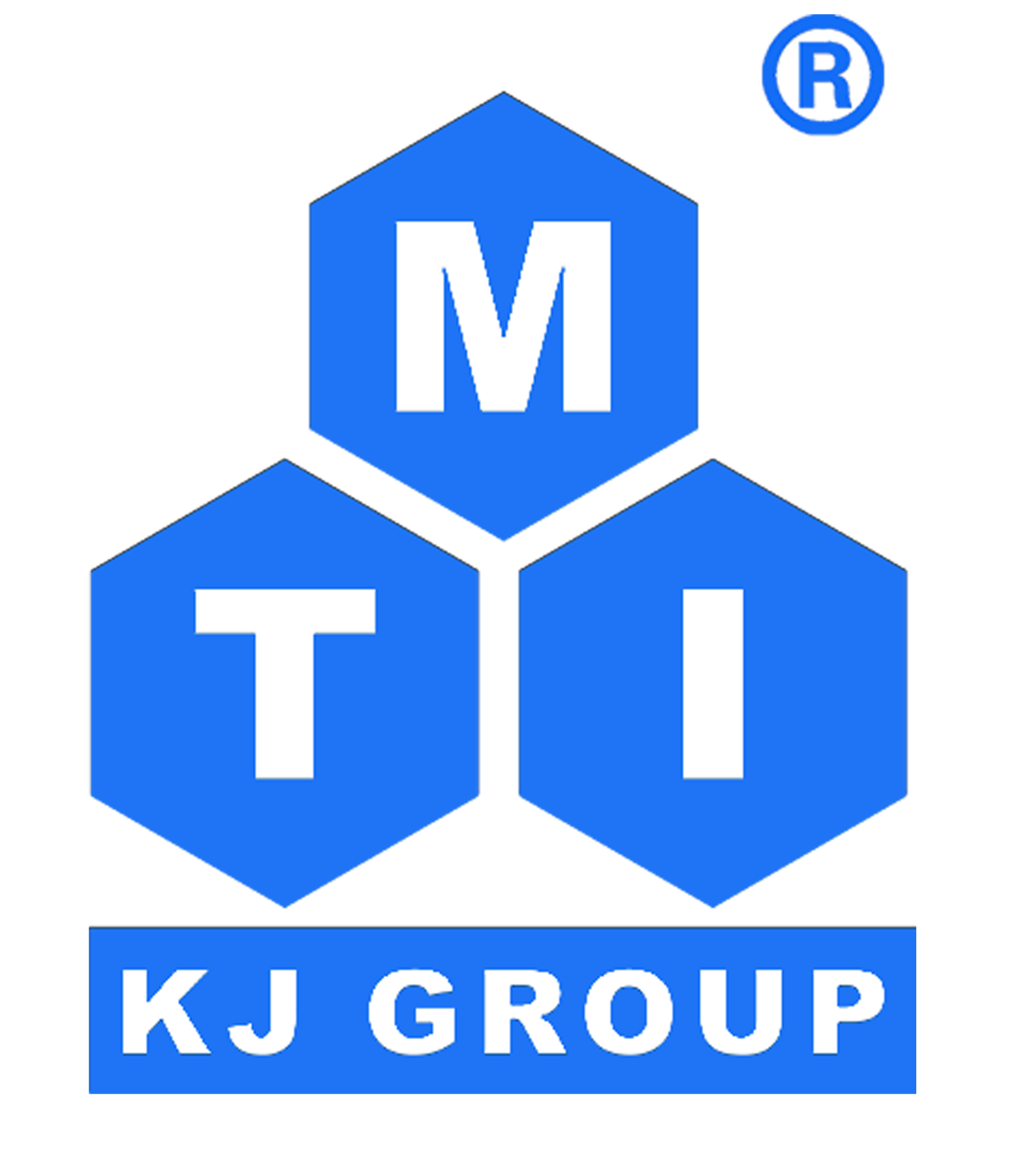Junfeng Qiao1*, Giovanni Pizzi2, Nicola Marzari1,2
1Theory and Simulations of Materials (THEOS), and National Centre for Computational Design and Discovery of Novel Materials (MARVEL), École Polytechnique Fédérale de Lausanne (EPFL), Lausanne, Switzerland
2Laboratory for Materials Simulations (LMS), Paul Scherrer Institut (PSI), Villigen PSI, Switzerland
*Corresponding Author: junfeng.qiao@epfl.ch
Electronic structure theory plays a central role in understanding properties of crystalline materials. Among all the ab initio methods, density functional theory (DFT) is the most popular choice due to its balance between accuracy and computational cost, and has been applied successfully to numerous realistic materials. However, the computations of many advanced properties require extremely dense samplings of the Brillouin zone, resulting in a serious challenge for direct DFT calculations. The theory of maximally localized Wannier functions (MLWFs) provides an elegant framework to tackle such issues. MLWFs are localized orbitals for crystals, resembling the atomic orbitals or bonding/anti-bonding orbitals from chemical intuition. Moreover, they are low-rank approximations of the original electronic structure, and enable accurate and efficient Wannier interpolation of quantum-mechanical operators1.
In this work, we first develop two automated algorithms to construct MLWFs, addressing the cases of metals and insulators, respectively2,3. Then, we implement fully automated workflows that only require the crystal structure as input, and robustly generate MLWFs. On top of these, we build three MLWF databases for over 20,000 3D inorganic crystals, over 5000 3D insulators, and over 2000 exfoliable 2D crystals, respectively. These databases are the electronic-structure genome: they are efficient compressed encodings of the electronic structure of each material. Moreover, they are also accurate interpolators, since they hide the details of the underlying electronic-structure calculations, and subsequent property computations can be fully performed within the Wannier representation. To demonstrate the power of this notion and the benefits of our databases, we choose three applications for discovering novel materials: (a) high-performance thermoelectrics, (b) materials with large nonlinear Hall effect, and (c) heterostructures hosting two-dimensional electron gases.
Keywords: Electronic structure, Maximally localized Wannier functions, High throughput, Materials discovery
References
1. A. Marrazzo, S. Beck, E. R. Margine, N. Marzari, A. A. Mostofi, J. Qiao, I. Souza, S. S. Tsirkin, J. R. Yates, and G. Pizzi, “The Wannier-Functions Software Ecosystem for Materials Simulations”, Rev. Mod. Phys., 10.48550/arXiv.2312.10769 (2024).
2. J. Qiao, G. Pizzi, and N. Marzari, “Projectability disentanglement for accurate and automated electronic-structure Hamiltonians”, npj Comput. Mater. 9, 208 (2023).
3. J. Qiao, G. Pizzi, and N. Marzari, “Automated mixing of maximally localized Wannier functions into target manifolds”, npj Comput. Mater. 9, 206 (2023).
Dr. Runhai Ouyang (DCTMD2024@163.com)












